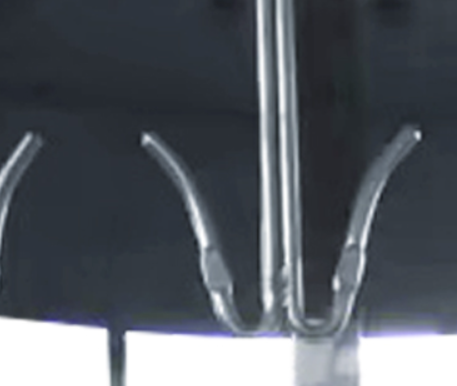Animal Feed Pellet Production Equipment for Efficient Livestock Nutrition Solutions
Aug . 21, 2024 10:18 Back to list
Animal Feed Pellet Production Equipment for Efficient Livestock Nutrition Solutions
The Importance of Pellet Making Machines for Animal Feed
In today’s rapidly evolving agricultural landscape, the demand for high-quality animal feed has surged. As livestock farming continues to grow, producers are increasingly looking for efficient and cost-effective methods to produce feed that meets the nutritional requirements of their animals. One such solution is the pellet making machine, a vital tool in the production of animal feed pellets.
Pellet making machines play a critical role in the animal feed industry. They transform raw ingredients, including grains, legumes, and other organic materials, into compact pellets that are easier to handle, transport, and store. These machines utilize a process known as pelletization, which involves compressing and shaping the feed mixture under high pressure and temperature. The result is a dense, uniform pellet that provides several advantages over traditional feed forms.
Nutritional Benefits
One of the primary benefits of pellets is their enhanced nutritional value. During the pelletization process, heat and pressure help to break down the feed materials, making nutrients more available for absorption by the animals. This is particularly important for ruminants and other livestock that require specific nutrient profiles for optimal growth and production. Moreover, pelletized feed can be fortified with vitamins, minerals, and other supplements to ensure that animals receive a balanced diet, which is crucial for their health and productivity.
Improved Palatability and Digestibility
Pelleted feed tends to be more palatable to animals. The uniform size and shape of pellets make them easy to consume, and the aroma helps to stimulate appetite. Livestock are more likely to eat the pellets entirely, reducing waste and ensuring that they receive the necessary nutrients. Additionally, the improved digestibility of pelleted feed means that animals can extract more energy and nutrients from their food, leading to better feed conversion ratios. This is especially important for farmers looking to maximize their production while minimizing costs.
Cost-Effectiveness
pellet making machine for animal feed

The use of pellet making machines contributes to the overall cost-effectiveness of animal feed production. Pellets are easier to transport and store compared to loose feed materials. Their compact size allows for higher storage density, which can significantly reduce transport costs. Furthermore, the process of pelletizing can help to reduce feed waste. Because pelleted feed is more appealing and easier for animals to consume, farmers can expect less spillage and spoilage, ultimately lowering their operational expenses.
Versatility and Customization
Pellet making machines are incredibly versatile. They can be adjusted to produce pellets in various sizes, catering to the specific needs of different animal species. Whether for poultry, swine, cattle, or aquaculture, feed can be customized to meet the precise dietary requirements of each type of livestock. This flexibility allows farmers to efficiently produce a tailored feed solution that supports the health and growth of their animals.
Environmental Impact
In an era where sustainability is paramount, pellet making machines also offer environmental benefits. The process of pelletizing can reduce the amount of dust and fines produced during feed handling, leading to a cleaner and safer working environment. Moreover, the ability to utilize agricultural by-products and waste materials in the production of animal feed pellets helps to minimize waste and promotes a circular economy in the agricultural sector.
Conclusion
In summary, the pellet making machine is an indispensable asset for modern animal feed production. Its ability to improve nutritional quality, enhance palatability, and increase cost-effectiveness makes it a preferred choice for livestock farmers worldwide. As the industry continues to evolve, these machines will undoubtedly play a crucial role in meeting the growing demand for quality animal feed, contributing to the sustainability and efficiency of livestock farming.
-
Hot Sale 24 & 18 Door Rabbit Cages - Premium Breeding Solutions
NewsJul.25,2025
-
Automatic Feeding Line System Pan Feeder Nipple Drinker - Anping County Yize Metal Products Co., Ltd.
NewsJul.21,2025
-
Automatic Feeding Line System Pan Feeder Nipple Drinker - Anping County Yize Metal Products Co., Ltd.
NewsJul.21,2025
-
Automatic Feeding Line System - Anping Yize | Precision & Nipple
NewsJul.21,2025
-
Automatic Feeding Line System - Anping Yize | Precision & Nipple
NewsJul.21,2025
-
Automatic Feeding Line System-Anping County Yize Metal Products Co., Ltd.|Efficient Feed Distribution&Customized Animal Farming Solutions
NewsJul.21,2025






